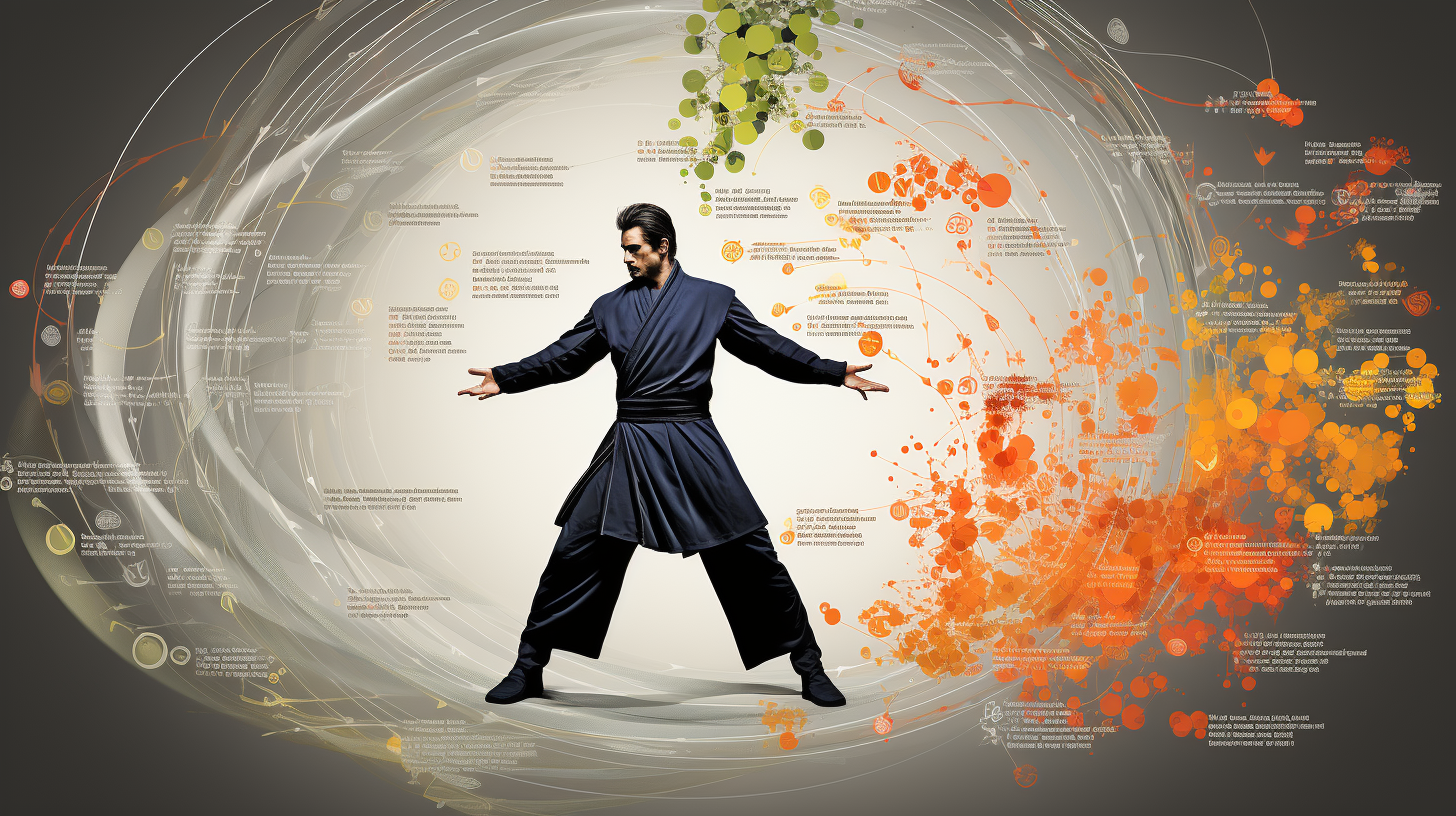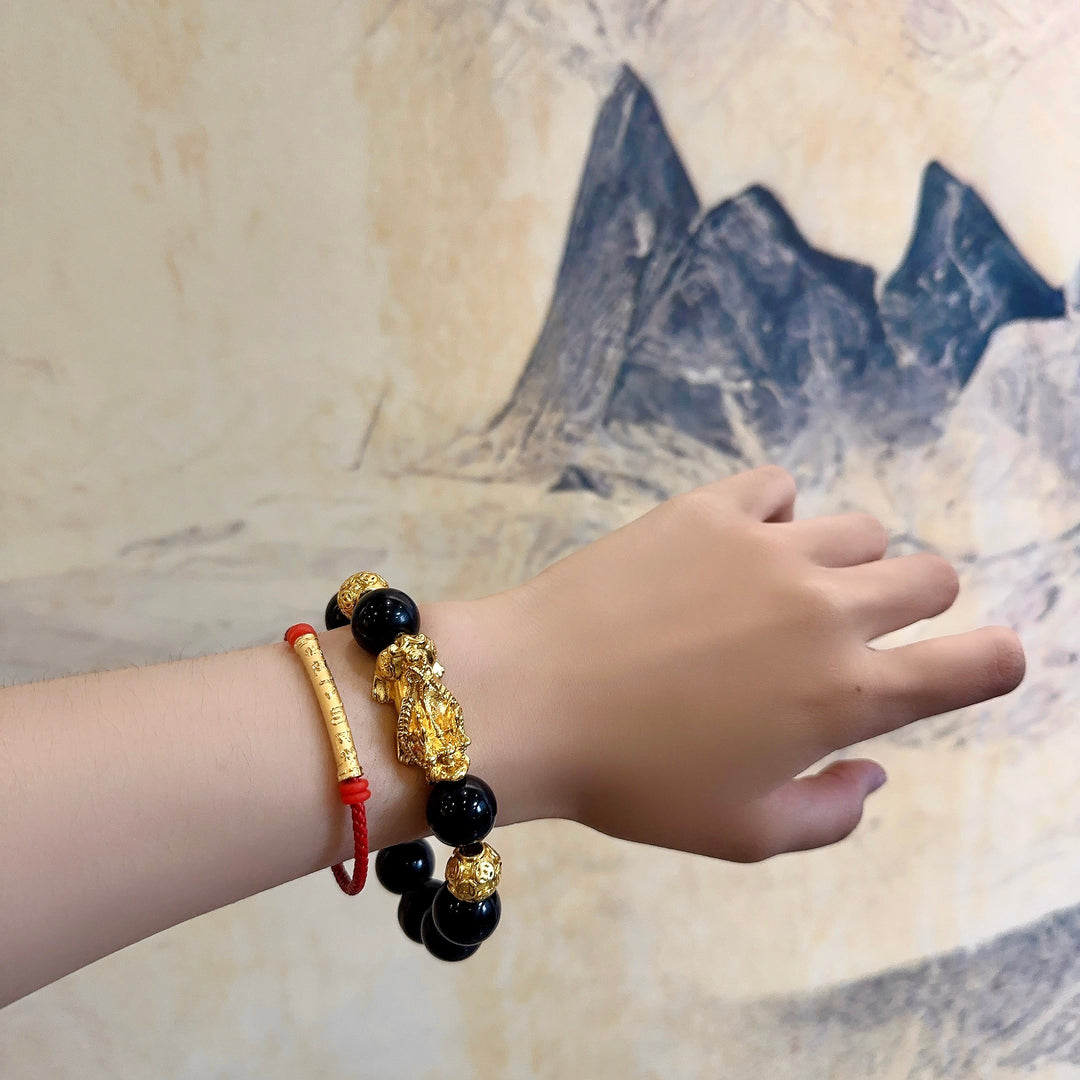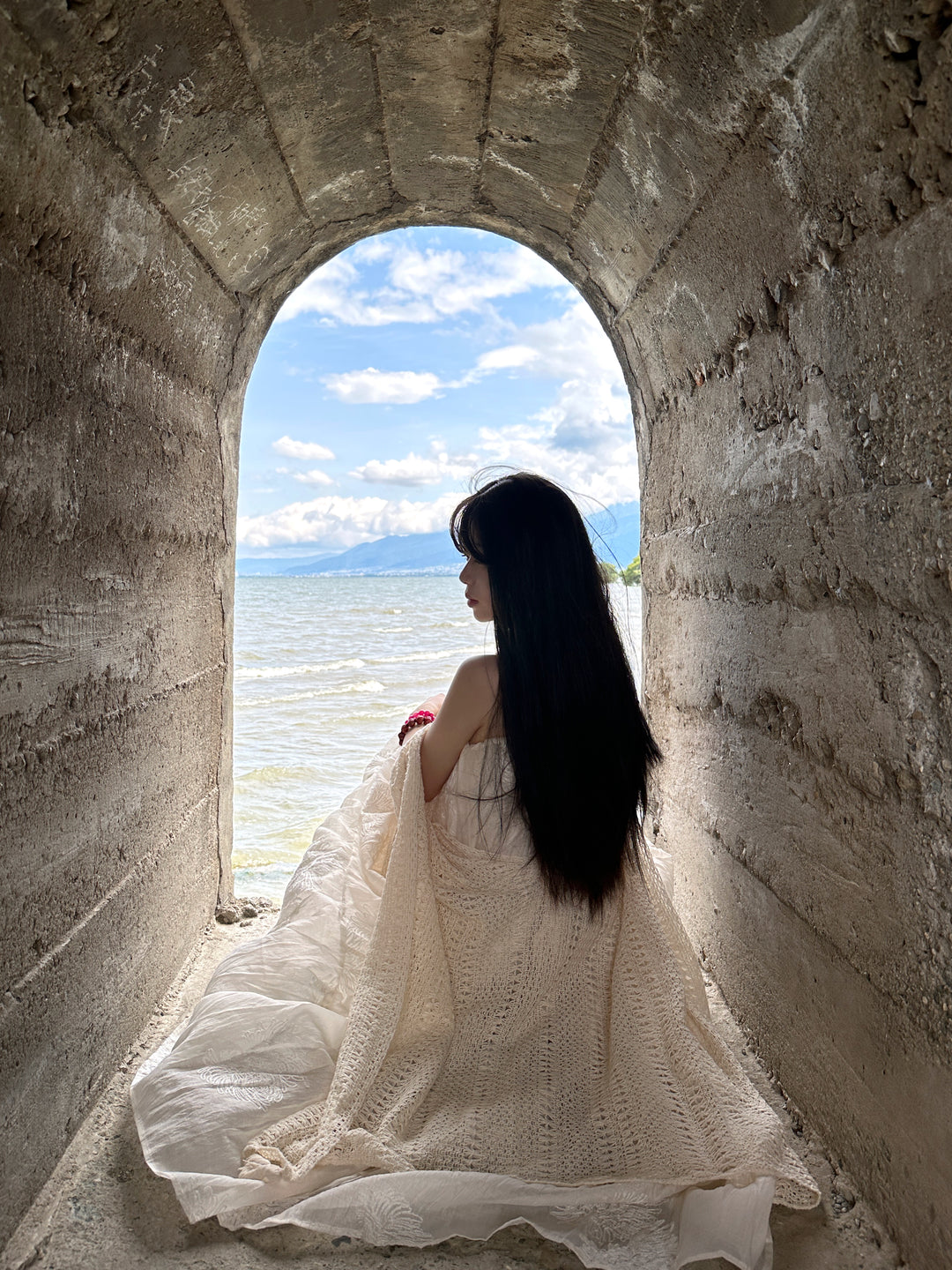Key Takeaways
- Qián (Heaven): Signifies strength, creativity, and leadership.
- Kūn (Earth): Represents receptivity, stability, and nurturing qualities.
- Zhèn (Thunder): Symbolizes movement, excitement, and awakening energies.
- Xùn (Wind): Reflects adaptability, communication, and gentle influence.
- Kǎn (Water): Represents flow, introspection, and the power of water.
- Gèn (Mountain): Signifies stillness, solidity, and perseverance.
- Lí (Fire): Symbolizes illumination, passion, and active energy.
- Duì (Lake): Represents joy, harmony, and emotional expression.
乾 (Qián) - ☰
- Shape: Consists of three solid lines (yang lines).
- Meaning: Represents heaven, strength, creativity, and action. Qián symbolizes the power of heaven, strength, initiative, and leadership.
坤 (Kūn) - ☷
- Shape: Consists of three broken lines (yin lines).
- Meaning: Represents earth, receptivity, nurturing, and stability. Kūn symbolizes the earth's nurturing qualities, stability, and the ability to accept and support.
震 (Zhèn) - ☳
- Shape: Composed of one solid line at the bottom and two broken lines above (yin above yang).
- Meaning: Represents thunder, excitement, movement, and awakening. Zhèn symbolizes the power of thunder, movement, excitement, and awakening energies.
巽 (Xùn) - ☴
- Shape: Composed of two broken lines at the bottom and one solid line above (yang above yin).
- Meaning: Represents wind, adaptability, communication, and gentle influence. Xùn symbolizes the qualities of wind, adaptability, communication, and gentle influence.
坎 (Kǎn) - ☵
- Shape: Composed of one solid line at the bottom and two broken lines above (yin above yang).
- Meaning: Represents water, danger, flow, and introspection. Kǎn symbolizes the power of water, its ability to flow, and the depth of introspection.
艮 (Gèn) - ☶
- Shape: Composed of two solid lines at the bottom and one broken line above (yang above yin).
- Meaning: Represents mountain, stillness, solidity, and perseverance. Gèn symbolizes the qualities of a mountain, stability, stillness, and perseverance.
离 (Lí) - ☲
- Shape: Composed of two broken lines at the bottom and one solid line above (yang above yin).
- Meaning: Represents fire, illumination, passion, and activity. Lí symbolizes the power of fire, illumination, passion, and active energy.
兑 (Duì) - ☱
- Shape: Composed of two broken lines at the bottom and one solid line above (yang above yin).
- Meaning: Represents lake, joy, harmony, and emotional expression. Duì symbolizes the qualities of a lake, joy, harmony, and emotional expression.
Each trigram represents a different aspect of natural forces and philosophical concepts in ancient Chinese wisdom, reflecting various aspects of life's journey and deeper philosophical reflections.















Leave a comment